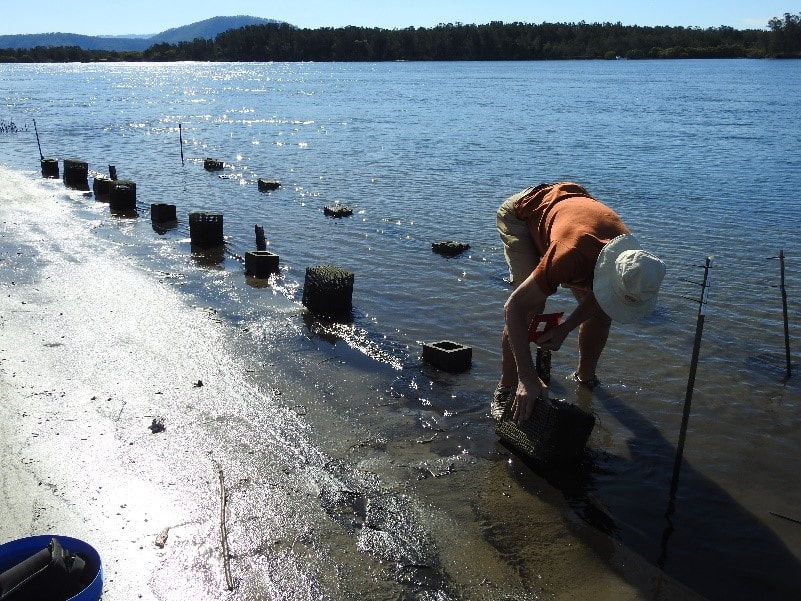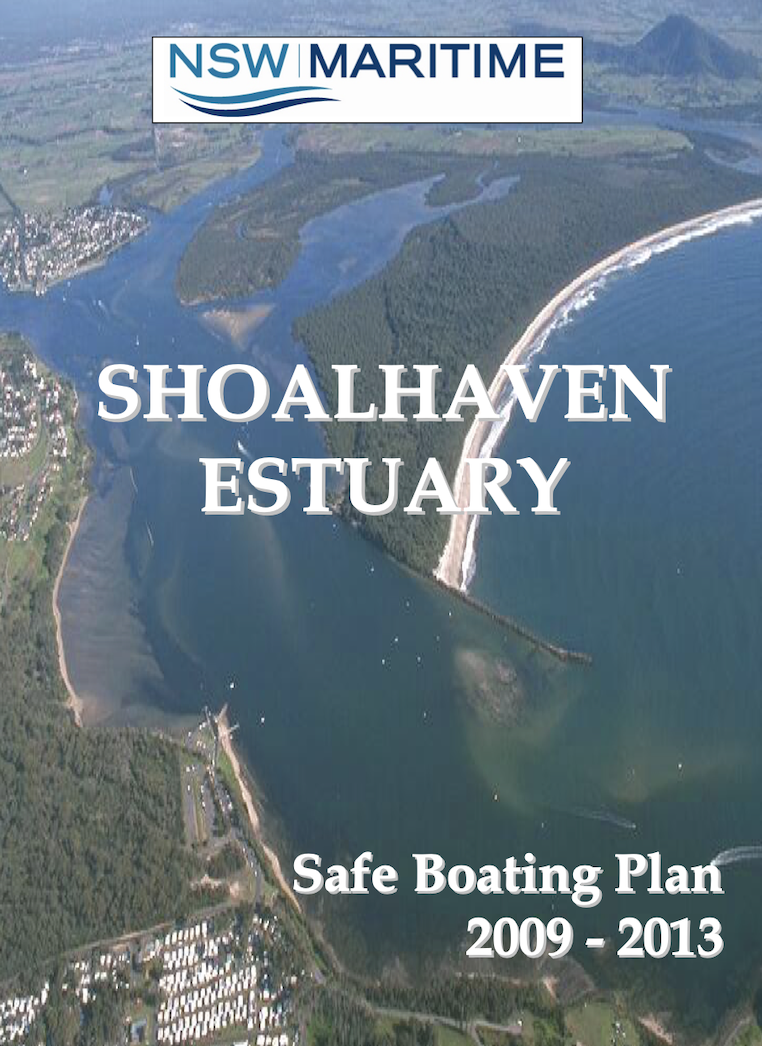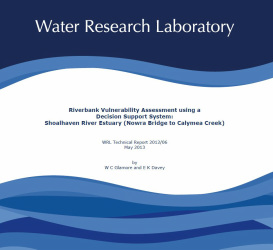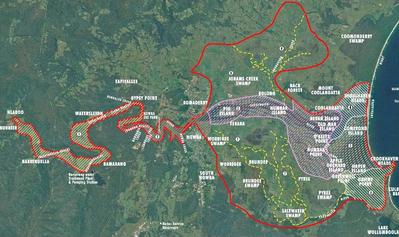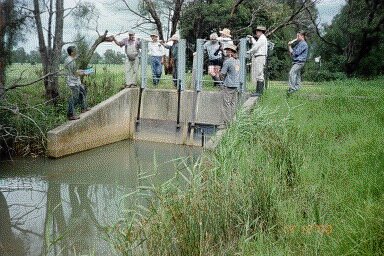River Studies & Plans
2001 Foreshore Definition Study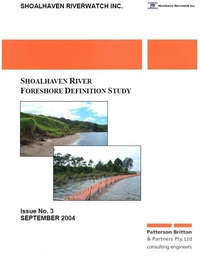
Description: This Study was made possible through a Natural Heritage Trust Grant to Riverwatch in 2001. The Study was undertaken under the umbrella of Shoalhaven Council’s Shoalhaven River Estuary Management Task Force. Council organised tender documents and selected Britton & Paterson for the report. This Task Force had representatives from State and Local government as well as representatives from the local community. The Task Force also provided expert review of the report by DIPNR, NSW Fisheries and Council to ensure independence and that outcomes of the project would be acceptable to the wider community. NSW Maritime also provided practical support. Investigations undertaken for the report involved detailed field inspections which were carried out by specialist hydraulics engineers with extensive experience in the evaluation of geomorphic processes and anthropogenic influences on riverbank condition. Observations from these inspections were combined with stereoscopic interpretation of historical aerial photography to establish the primary causes of river bank erosion. Erosion along the riverbanks was mapped so that recommendations could be made on the priority of bank restoration work and strategies to reduce the causes of erosion. The report recommended that NSW Maritime proceed with preparation of a Waterway Management Plan for the river. See the Photographic Library webpage for 2002 photos. Cost: $45,320 2001 Smart Gate PrototypeDescription: Riverwatch obtained $69,000 in 2001 from the Federal Government to assist the University of Wollongong to develop a smart floodgate. The purpose of the floodgate is to automatically mix salt water with drain water to neutralise sulphuric acid. This acid is formed after rain on soils where acid sulphate compounds have been exposed through clearing of land and the construction of drainage channels. The concept was to have the Smartgates monitored by the Council so that realtime information would be obtained to assess the amount of acid in the drains and remotely control the gates.
If excess acid escapes into nearby creeks then there is a high probability of fish kills. Unfortunately through poor floodgate maintenance, lack of funding and impact on aquatic life, the Smartgates were not installed on other drainage channels.Click on the link to view the report: "The Impact Of Floodgate Modifications On WaterQuality In Acid Sulphate Soil Terrains" and a report by Shoalhaven Council titled: "Broughton CreekHotspot Remediation Management Plan 2002" Duration: 2001 Cost: Total cost was $171,618 with funds and in-kind assistance from federal, state and local government. |
1999 Healthy Rivers Commission Report
Description: In 1999 Commission Crawford delivered a report title “"Independent Inquiry into the Shoalhaven River System". Riverwatch considered this report was excellent and Riverwatch’s letter to the Commissioner stated “The Inquiry was warmly welcomed by Riverwatch as a golden opportunity to address many of the environmental issues of the River.” Riverwatch made a number of submissions during the drafting of the report and when public submissions were invited. The report received considerable public attention including a number of public meetings. However the report did receive considerable criticism which was lead by the local Mayor at the time. One of the recommendations made by Commission Crawford was the development of a Shoalhaven Waterway Management Plan which would define effective controls for boating and other waterway activities. The Plan would address environmental sensitive areas, such as vulnerable river banks, seagrass beds and important fish habitat areas as well as speed restrictions and/or other limitations to protect these environmental sensitive areas. While a Shoalhaven Estuary Management Plan and a Shoalhaven Estuary Boat Safety Plan have been produced, a comprehensive Waterway Management Plan has still not been drafted. |
